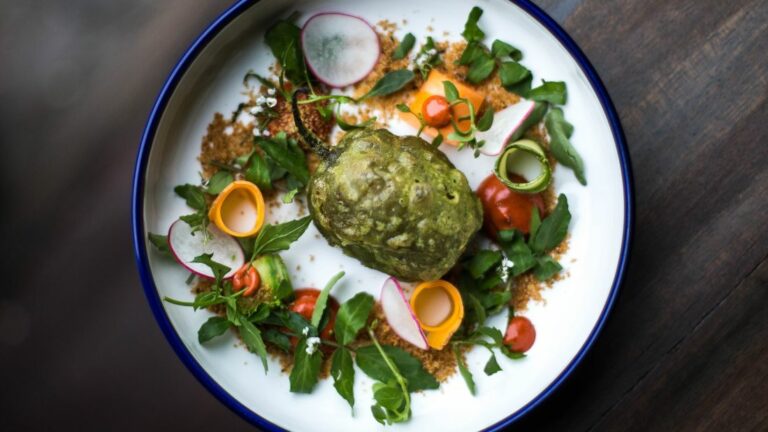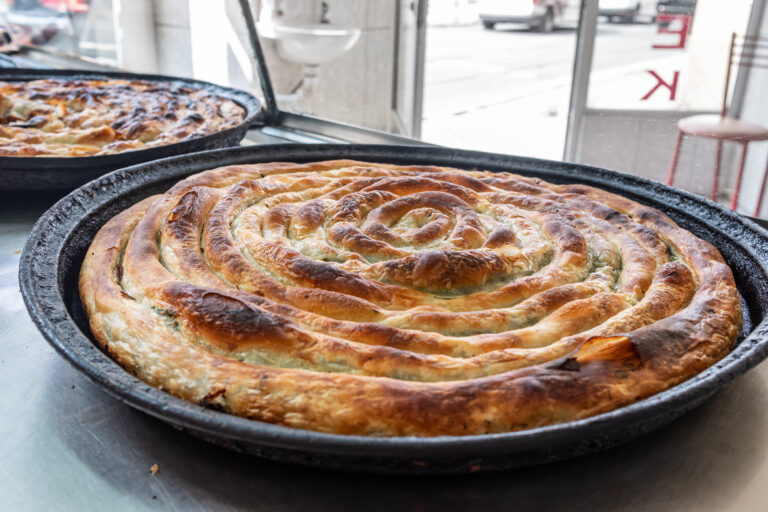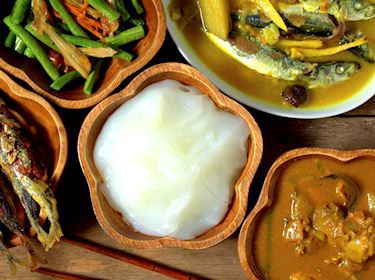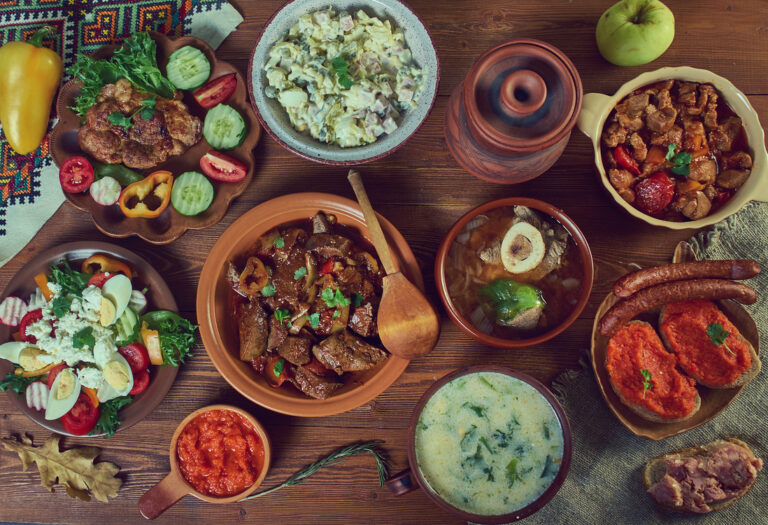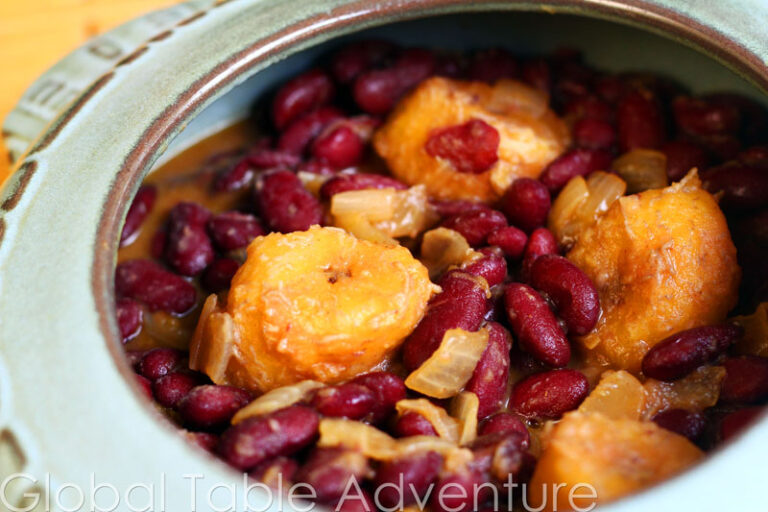Introduction: Beninese Spice Blends
Spices play a crucial role in Beninese cuisine, just as they do in many other West African cuisines. Beninese spice blends are an essential part of traditional cooking, and they add flavor, color, and aroma to a wide range of dishes.
Beninese cuisine is known for its bold and complex flavors, and the country’s spice blends are one of the reasons why. From aromatic rubs and pastes to fiery blends that add heat to dishes, Beninese spice blends are versatile, flavorful, and unique.
The Role of Spice Blends in Beninese Cuisine
Spice blends are an integral part of Beninese cuisine, and they are used to flavor and season everything from meat and poultry to vegetables and grains. Beninese spice blends typically contain a mix of herbs, spices, and aromatics, and they are used to add depth and complexity to dishes.
In Beninese culture, food is an important part of social life, and cooking is often a communal activity. Spice blends are used to create dishes that are not only delicious but also reflect the country’s heritage and traditions.
The Most Commonly Used Spices in Beninese Cooking
Some of the most commonly used spices in Beninese cooking include ginger, garlic, onion, chili peppers, and coriander. These spices are used in both fresh and dried forms, and they are often combined with other ingredients to create complex and flavorful spice blends.
Other spices commonly used in Beninese cooking include nutmeg, cinnamon, and clove, which are used to add warmth and depth to dishes. Turmeric, cumin, and paprika are also used to add flavor and color to dishes.
Beninese Rubs and Pastes: Aromatic and Flavorful
Beninese rubs and pastes are some of the most flavorful and aromatic spice blends used in the country’s cuisine. Rubs are made by blending herbs, spices, and aromatics with oil or water to create a paste that is rubbed onto meat or poultry before cooking. Pastes are made in a similar way but are typically used to flavor stews and soups.
Some of the most popular Beninese rubs and pastes include Adobo, which is made with garlic, onion, chili peppers, and paprika, and Suya, which is made with ground peanuts, ginger, and chili peppers.
Traditional Spice Blends for Meat and Poultry
Meat and poultry are commonly used in Beninese cuisine, and spice blends are used to flavor and season these dishes. One of the most popular spice blends used for meat and poultry is called Yaji, which is a fiery blend made with chili peppers, ginger, and garlic.
Other traditional spice blends used for meat and poultry include Suya, which is made with ground peanuts and chili peppers, and Niter Kibbeh, which is an Ethiopian-inspired blend made with butter, garlic, and ginger.
Adding Heat to Beninese Dishes: Spicy Blends
Spicy blends are a crucial part of Beninese cuisine, and they are used to add heat and depth to dishes. Some of the spiciest blends include Yaji, which is made with chili peppers, and Kuli Kuli, which is made with ground peanuts and chili peppers.
Other spicy blends used in Beninese cooking include Kankankan, which is made with dried chili peppers, and Ata Din Din, which is a spicy sauce made with chili peppers, onion, and tomato.
Vegetarian Spice Blends: Aromatics and Herbs
Vegetarian dishes are also common in Beninese cuisine, and spice blends are used to flavor and season these dishes. Vegetarian spice blends typically contain a mix of herbs, spices, and aromatics, and they are used to add depth and complexity to dishes.
Some of the most popular vegetarian spice blends used in Beninese cooking include Aromate, which is made with a mix of herbs and spices, and Suya, which is made with ground peanuts and chili peppers.
Conclusion: Exploring Beninese Spice Blends
Beninese spice blends are an essential part of the country’s cuisine, and they add flavor, color, and aroma to a wide range of dishes. From aromatic rubs and pastes to fiery blends that add heat to dishes, Beninese spice blends are versatile, flavorful, and unique.
Whether you are a meat lover or a vegetarian, there is a Beninese spice blend that will add flavor and depth to your dishes. So why not try some of these traditional blends and explore the rich and complex flavors of Beninese cuisine?



